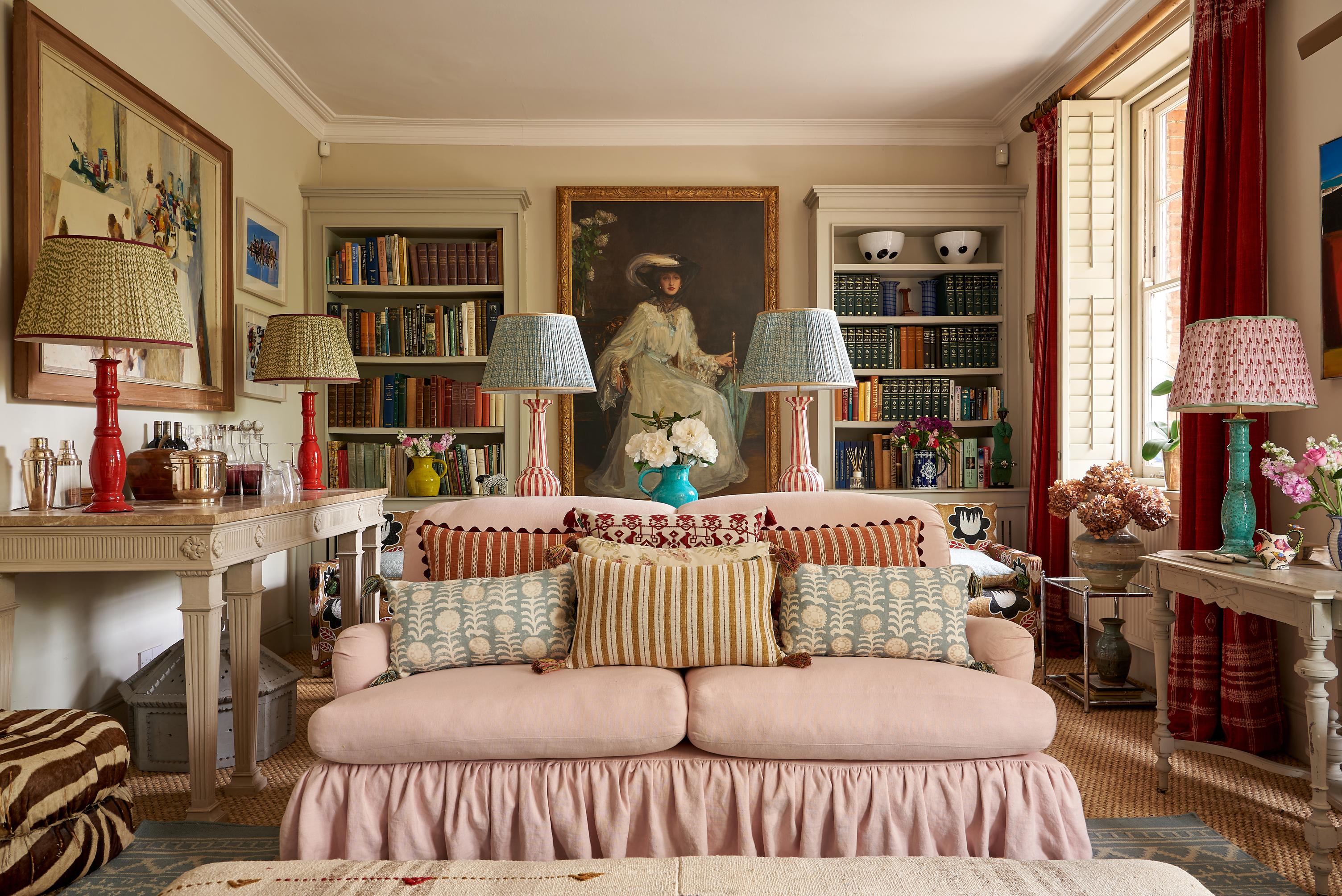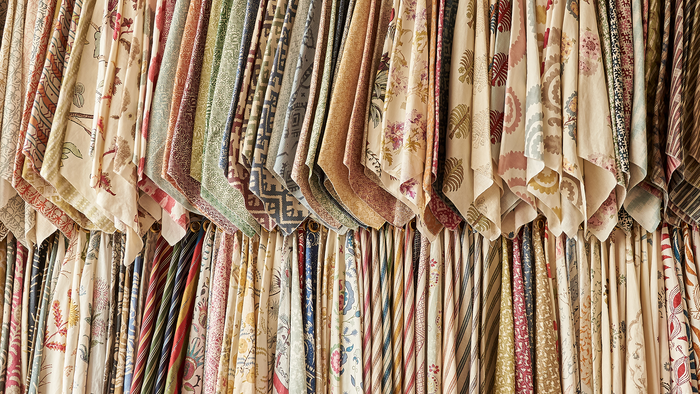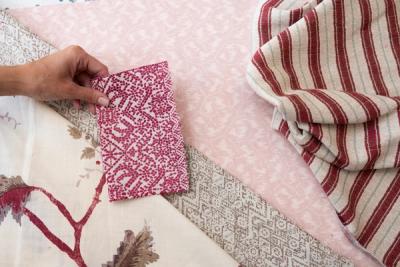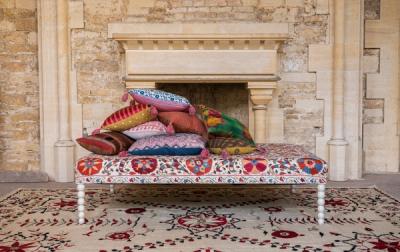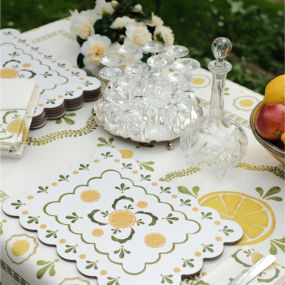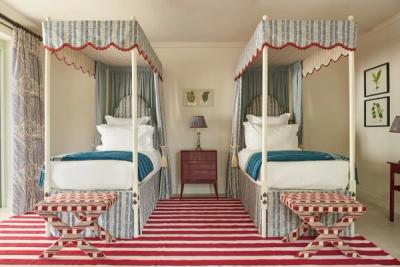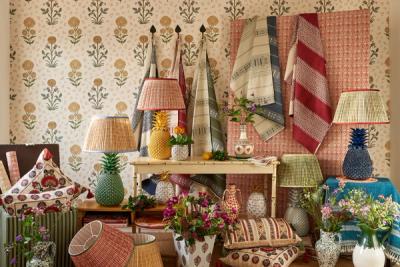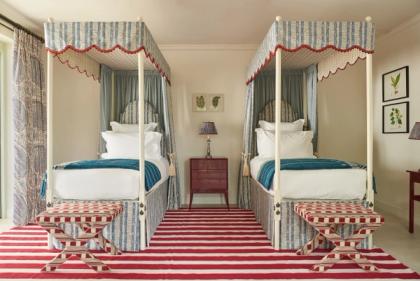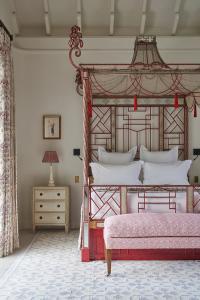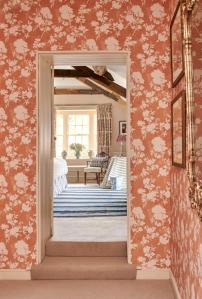Decoration
3 Things to Consider Before You Re-Upholster Furniture
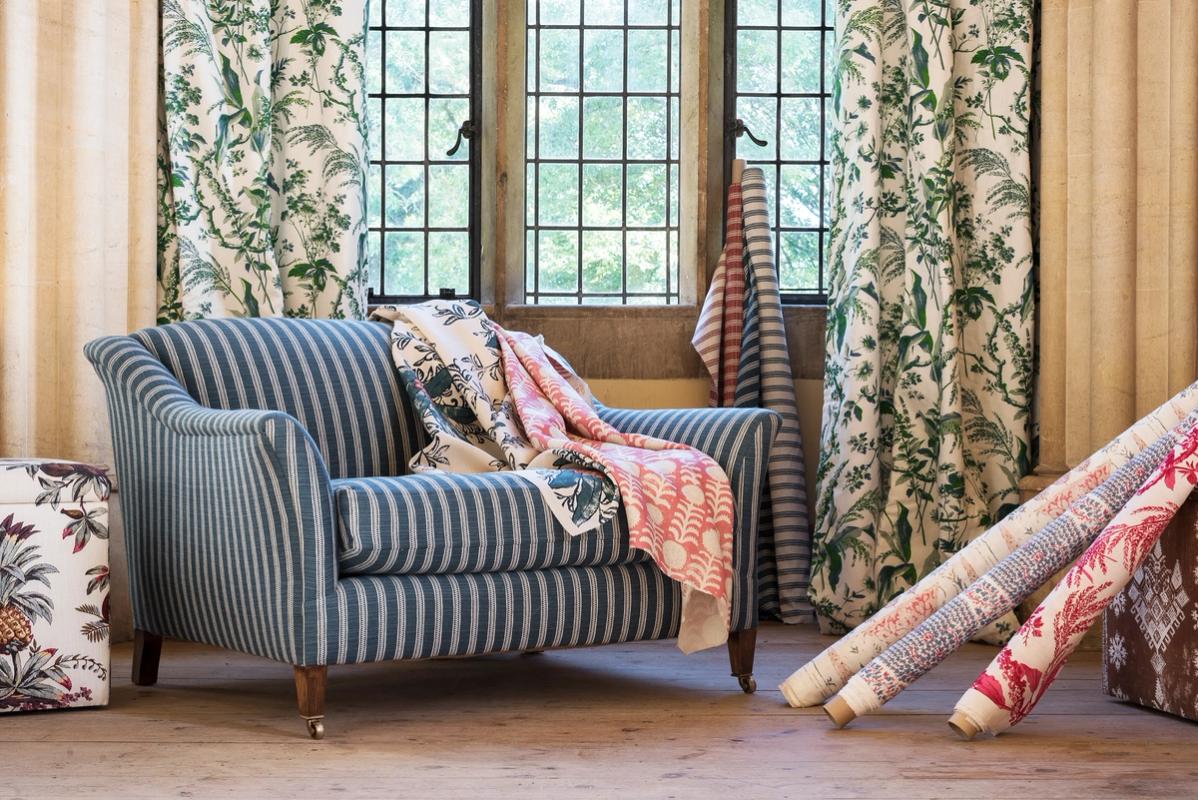
3 Things to Consider Before You Re-Upholster Furniture
Having an old or well-loved piece reupholstered is a fantastic opportunity to breathe new life into something that is, perhaps, ready for a new phase of life in the family home. Over the years, there will inevitably come to be a number of pieces we can’t bear to let go of – but, at the same time, can’t quite love in the same way we did before.
Reupholstering offers free rein. It gives us the creative liberty to remain as true to the original piece, or to go as far off piste, as we like. It’s a brilliant project to take on – not least of all because it gives you an excuse to spend plenty of time musing over fabric swatches.
Will You Contrast, or Blend it with the Rest of Your Furniture?
Aside from saving an old piece from its own damage, one of the most compelling reasons behind reupholstering furniture is, of course, making it more relevant to your existing interior design choices. It’s certainly a valid reason, but it leaves you with a big dilemma.
You could reupholster the piece in a fabric that blends perfectly with the rest of the room – an existing print already used in your soft furnishings, curtains, or other pieces of furniture. Taking this route means there is not any real risk of things not working out, and that you don’t need to spend a couple of weeks comparing a single fabric swatch with every other print and colour already in the room. Provided you have the floorspace, it will assimilate without any problems.
The other option, of course, is to browse fabrics that introduce a new contrast within the room. It’s a bolder move but, if you’re already toying with the idea of re-vamping the décor, it’s an easy alternative to a complete remodel.
Obviously, creating an effective contrast isn’t as easy as choosing a new fabric at random – but, if you want to make a loud statement, introducing a new pattern is your strongest option. Pattern mixing fabrics is something we write about regularly, not least of all because it’s a powerful option for any area in the home looking for a new breath of life.
A Statement of Authenticity or Originality?
This is the big question – one that everyone who has sent an old piece off for reupholstering will have had to answer. An antique armchair, creaking with old horsehair stuffing or bursting open at the seams, can be reupholstered in a way that restores it to its former glory, or it can be reupholstered in a way that catapults it through time and space, and marries together the old and the new.
There is no right or wrong here. Every generation has its own ‘statement pieces’, like the 18th century wingback chairs or the neoclassical Louis XVI chair, and defying expectations through an unlikely choice of fabric is one of the boldest statements you can make. We know the silhouettes, but not these new details.
Reupholstering a minimalistic mid-century sofa – that angular silhouette – with a bright, bold, and busy illustrated fabric subverts expectations. Alternatively, combine a traditional clawfoot sofa with a modern abstract, or a bold, contrasting geometric pattern. This approach offers endless opportunities for renewal.
Then again, there is no replacing the classics, and reupholstering your furniture with a more traditional choice will certainly always have a place in our hearts.
Will the Piece be a Central Character, or More of a Decorative Element?
Some seats seem to have the household revolving around them – a comfortable retreat in the centre of the playroom, or overseeing the garden from a busy conservatory, in the kitchen corner where midnight toast and rushed coffees always seem to be consumed.
Some seats enjoy a quieter role in the house – a gentler use that spares them any major spills, muddy paws and shoes, paint-dipped little fingers or food stains. They are by no means fragile or risky, but they simply don’t need to be built to withstand quite so much life.
For furniture that does need to be able to withstand all the household elements, our weaves may be the ideal choice. Here, cotton is woven with a small amount of viscose to create an incredibly soft, drapey textile that is far more durable than its texture might have you believe, but still able to offer the benefits of a natural fibre. They offer a strong counterpart to linen, depending on the amount of use the piece will see.
More from Decoration
